This 1984 Rover Vitesse SD1 TWR Group A specification touring car was painstakingly rebuilt, at a six figure cost, to resurrect the mighty TWR/010 SD1 which was destroyed in an accident at a famously wet Silverstone Tourist Trophy race in 1984.
So exacting was the build that this car is now FIA certified to compete in vintage competition, including prestigious events like the Goodwood Revival, the Motor Racing Legends’ Historic Touring Car Challenge Series, the Peter Auto Heritage Touring Cup, and numerous other races.
Fast Facts – Rover Vitesse SD1 TWR Group A
- The Rover SD1 was one of the most important cars released by the British Leyland family of companies in the 1970s. It was intended to be a mass-produced sedan targeting the middle class in Britain, Europe, and in the United States.
- The styling clearly took some influence from the Ferrari Daytona, however it possibly took even more from the Pininfarina designed BMC 1800 concept car.
- A number of engine options were made available over the production run, the most desirable being the Rover V8 which offered proper performance ability by the standards of the era, with up to 190 bhp in the high-end “Vitesse” variant.
- The car you see here was rebuilt from a bare shell using many original TWR parts to resurrect the TWR/010 SD1 that was crashed beyond repair at the 1984 Silverstone Tourist Trophy race.
The Rover SD1
Development of the Rover SD1 began in 1971, it was a brand new, blank slate design to replace both the Rover P6 and the Triumph 2000 series sedans.
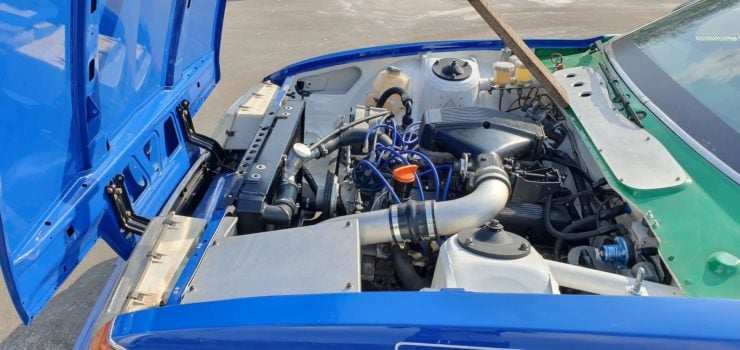
The car is powered by a period-correct TWR-prepared 3.5 liter single-plenum Rover V8 producing approximately 300 bhp.
The 1970s were a dark time for the formerly dominant British automotive industry, many of the storied old marques had disappeared into insolvency and many of those that remained had been bailed out and rolled into British Leyland.
Two such marques were Rover and Triumph, at this time Triumph were producing both cars and motorcycles, and the decision was made to consolidate their sedan offerings to save costs. Rover and Triumph were paired up within the new Specialist Division at British Leyland, and as a result the new sedan project would be named “SD1” – for Specialist Division #1.
Both Rover and Triumph engineers submitted their own design proposals, Rover won and their design would become the SD1. It’s been widely noted that the vehicle bares more than a passing resemblance to the Ferrari Daytona, though it was also heavily influenced by the BMC 1800 concept car that had been designed by the team at Pininfarina.
Spen King oversaw the project, with David Bache in charge of styling and Gordon Bashford in charge of engineering.
The design was done specifically to keep costs down, so the SD1 was given a straightforward steel unibody, a live axle rear end, MacPherson struts up front, and a range of pre-existing engines and transmissions were used.
Above Video: This film features racing driver Sam Hancock driving an SD1 touring car at speed, and discussing the history of the model.
Rover updated the SD1 continuously over its 10+ year production run, the cars were built from 1976 to 1986, with the largest revision coming as the Series 2 update in 1982.
Today the surviving Rover SD1s are seen as modern classics by many, particularly the high-end Vitesse and Vanden Plas variants with the Rover V8.
Touring Car Success – Racing The SD1
One area where the SD1 enjoyed significant success was in the world of motorsport. Thanks to the highly-tunable Rover V8 and the solid fundamentals of the car, it proved well-suited to touring car racing.
Perhaps the most significant success for the SD1 was when Kurt Thiim drove one to win the 1986 Deutsche Tourenwagen Meisterschaft against the best touring cars Germany had to offer. It occurred in the final year of production for the SD1, too late to help sales in any significant way, but it’s a feather in the cap for the car nonetheless.
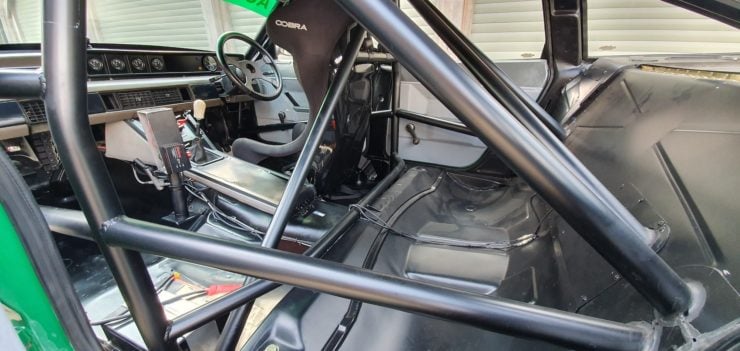
This car is FIA-certified and it carries current FIA HTP papers, meaning it can be raced in a wide variety of European series.
Elsewhere in Europe various racing variants of the SD1 won the 1983 RAC Tourist Trophy, the 1984 British Saloon Car Championship, six rounds of the 1985 European Touring Car Championship, and five rounds of the 1986 FIA Touring Car Championship.
In Australia the SD1 had proven popular with consumers, it was also raced in the country with great success including a class win in the 1984 Bathurst 1000.
The Rover SD1 is now a popular car for use in vintage touring car competition, and they’re a reasonably common sight at events across Britain and further afield.
The Rover Vitesse SD1 TWR Group A Shown Here
The car you see here was carefully built from a bare Rover SD1 shell using many original, and difficult to source parts from TWR. It’s estimated that a similar project now would cost at least £200,000, though many parts are now unavailable.
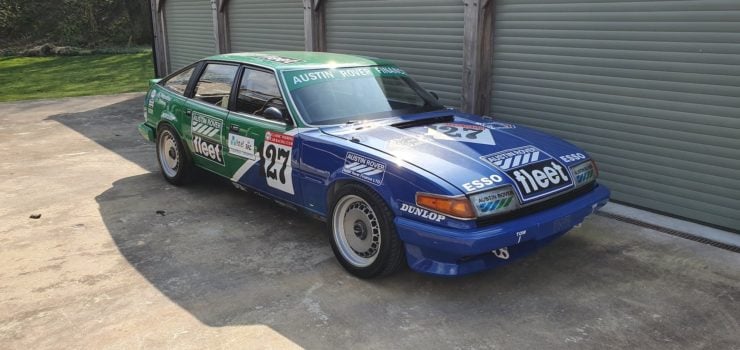
Though many have compared the styling to the Ferrari Daytona, the SD1 is most certainly its own unique creation, particularly when powered by the Rover V8.
Careful attention was paid to details, to ensure that this car would be the true spiritual successor of the original, which (as mentioned above) was wrecked due to heavy rain at the 1984 Silverstone Tourist Trophy race.
The car is powered by a TWR-prepared 3.5 liter single-plenum Rover V8 producing approximately 300 bhp, with power sent to the rear wheels via a five-speed Getrag manual transmission.
It is FIA-certified and it carries current FIA HTP papers, meaning it can be used to race in any number of well-known vintage racing series.
If you’d like to read more about this car or register to bid you can visit the listing here.
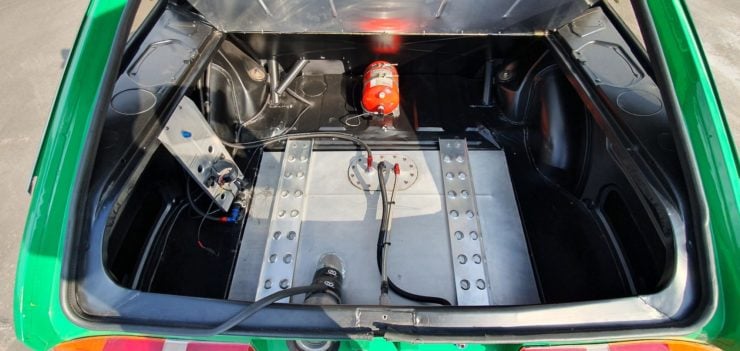
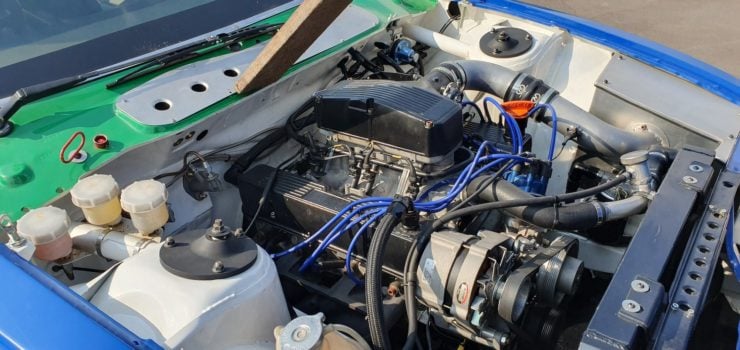
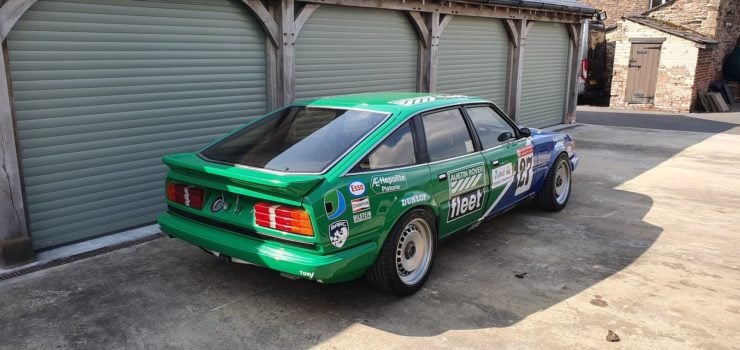
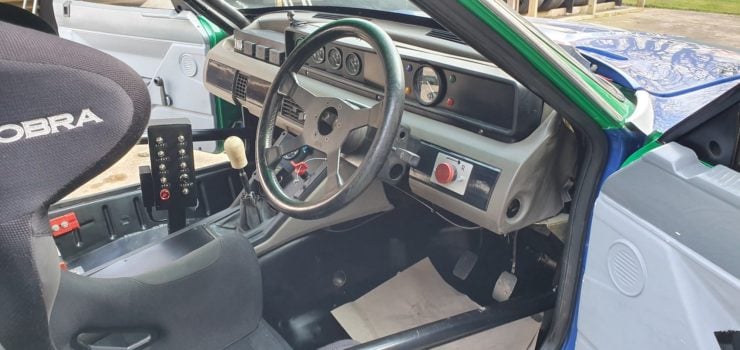
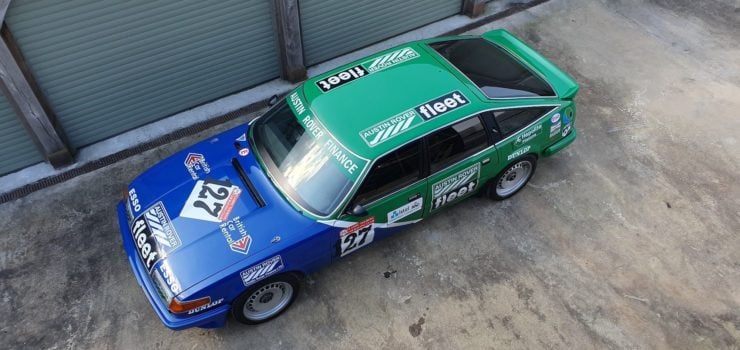
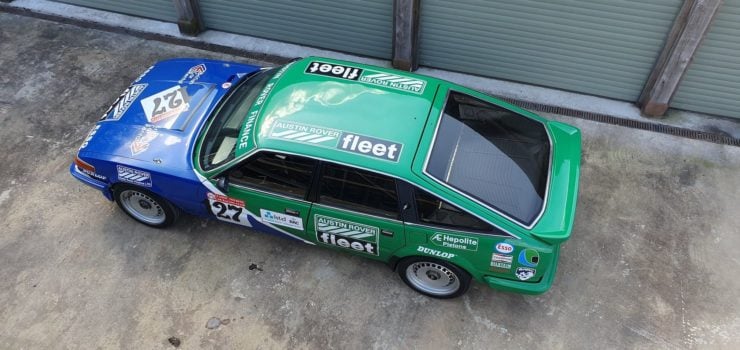
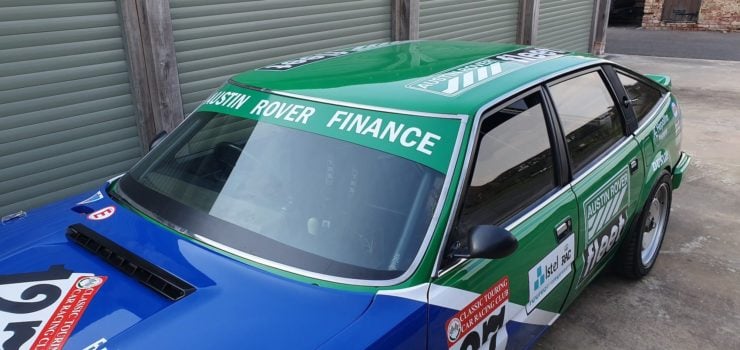
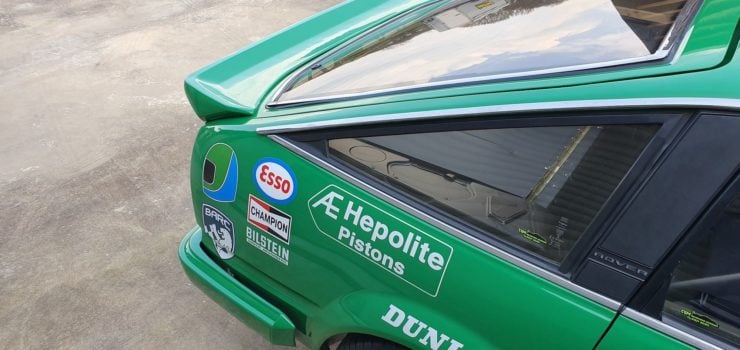
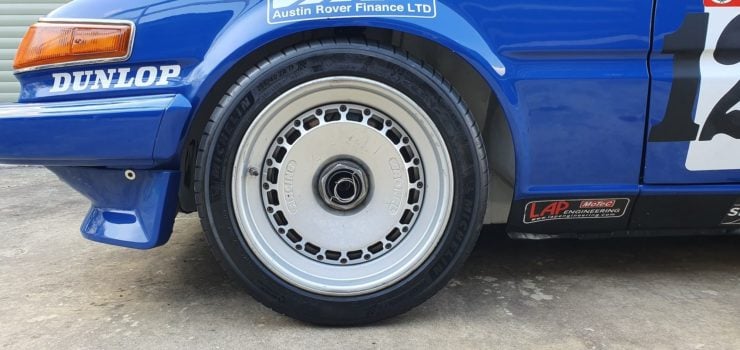
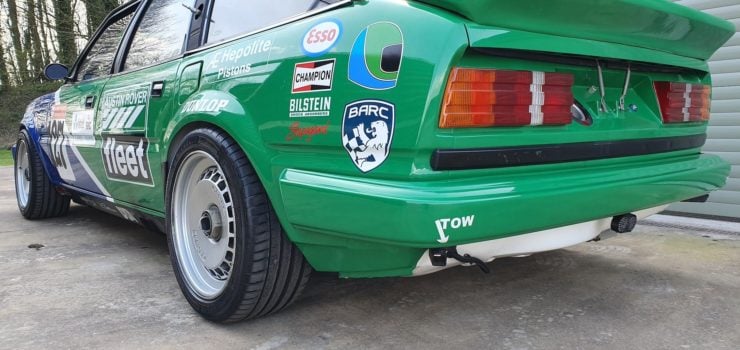
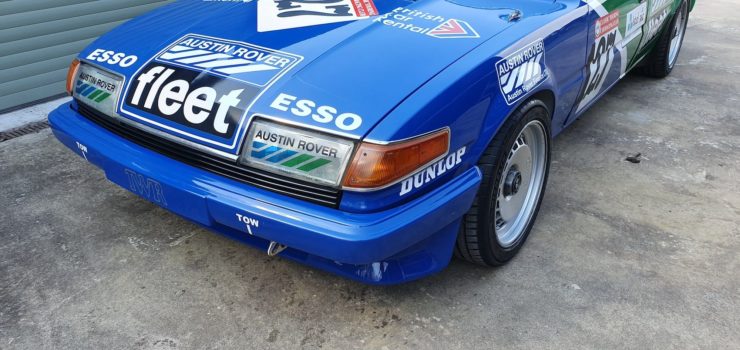
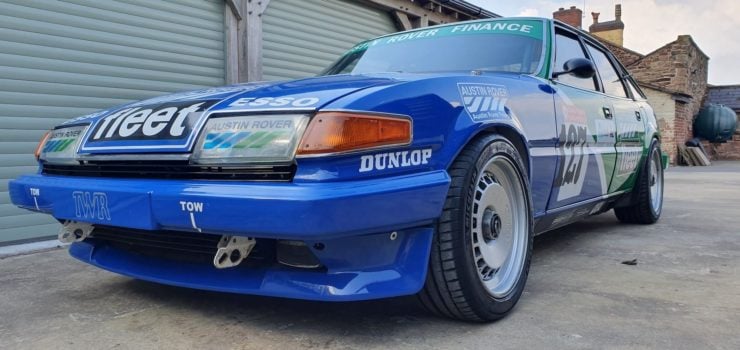
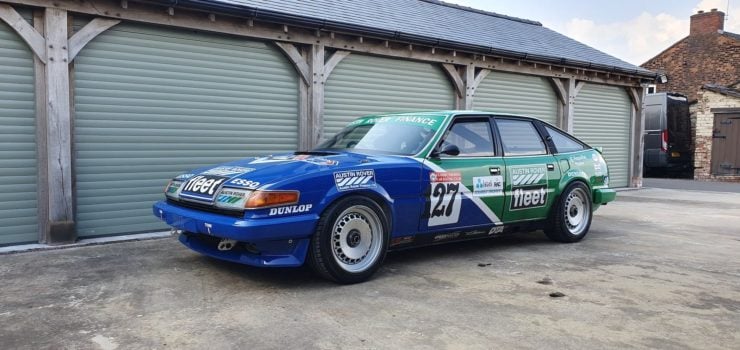
Images courtesy of Collecting Cars
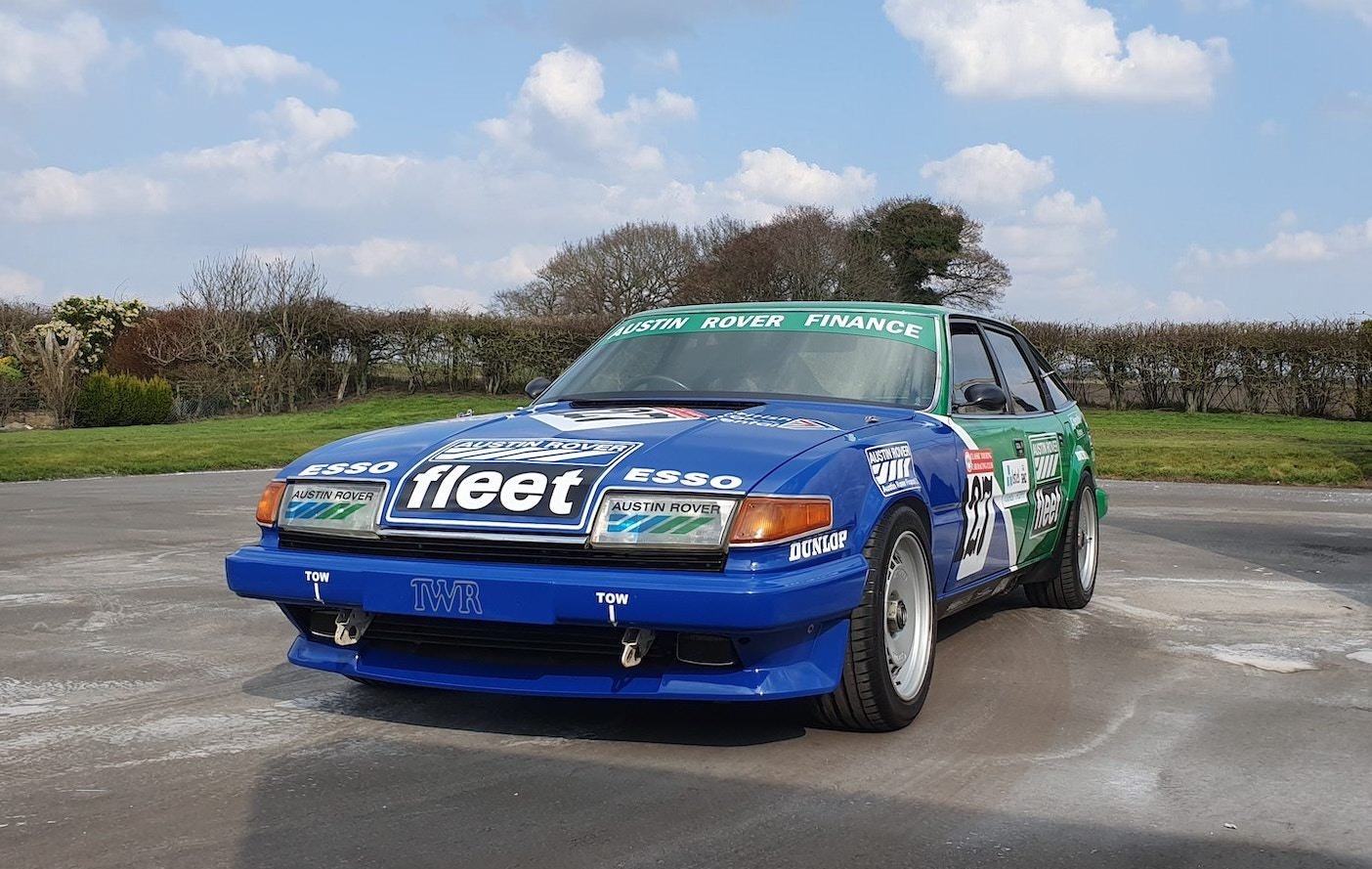
The post There’s A Rover Vitesse SD1 TWR Group A Spec Touring Car For Sale appeared first on Silodrome.
from Silodrome https://silodrome.com/rover-sd1-touring-car/
via gqrds